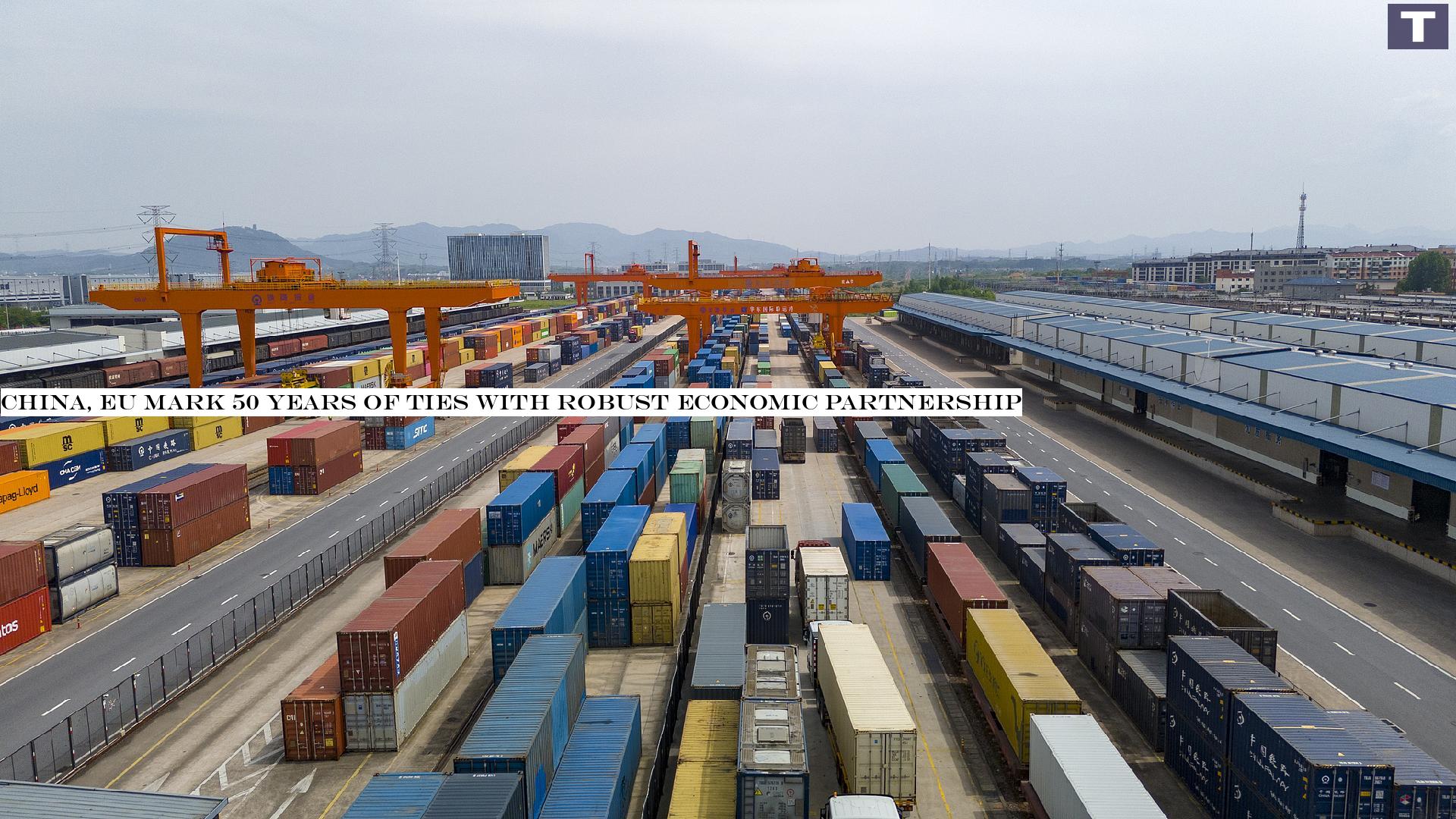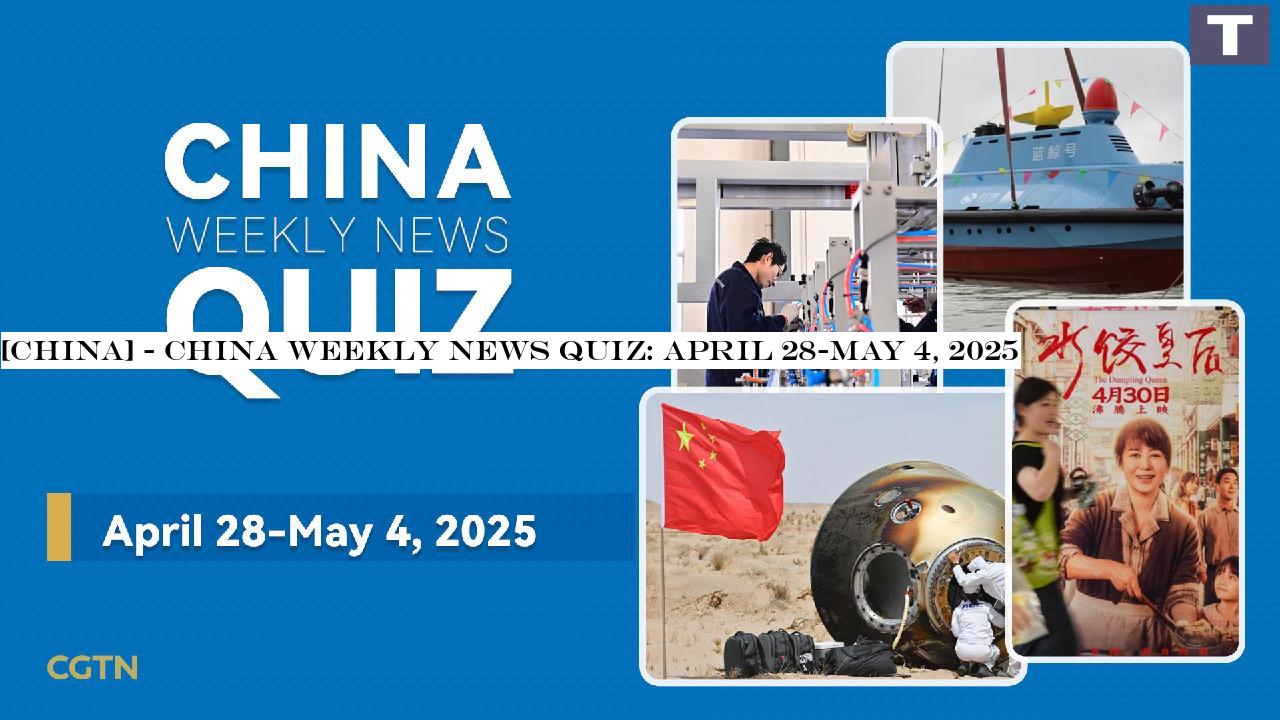
As China and the European Union celebrate the 50th anniversary of diplomatic relations, their economic collaboration stands as a cornerstone of mutual growth, navigating global uncertainties through deepening trade, innovation and infrastructure connectivity.Over the past five decades, China-EU economic ties have evolved from modest beginnings into one of the world's most consequential bilateral relationships.
Trade volume, which stood at $2.4 billion in 1975, surged to $785.8 billion in 2024 despite recent geopolitical headwinds and trade frictions.This growth reflects the resilience of a partnership rooted in complementary strengths, as China's vast manufacturing capabilities and digital innovation prowess align with Europe's technological sophistication and leadership in high-value industries.
Today, the EU remains China's second-largest trading partner, while China is the EU's top source of imports and third-largest export market.The expansion of trade has been accompanied by deepening direct investment and pioneering cooperation in new energy sectors.
Cumulative two-way investment, once negligible in the early 2000s, reached $260 billion by 2024, underscoring a strategic shift toward green and high−tech collaboration.
European firms have channeled funds into China's green transition, exemplified by BASF's $10 billion chemical complex in south China's Guangdong Province and Volkswagen's electric vehicle (EV) partnerships with Chinese automakers like XPeng.Chinese companies are also cementing their role in Europe's decarbonization drive.
Battery giant CATL is constructing a 7.3 billion euro ($8.25 billion) plant in Hungary to supply European carmakers.
Meanwhile, Zijin Mining's backing of Serbia's first EV factory in 2023 highlights cross-border industrial synergy.
China has emerged as the largest investor in Hungary and Serbia for consecutive years, with new energy vehicles dominating these partnerships."Strengthening open cooperation between China and the EU is an inevitable requirement of their endogenous interconnectedness and economic symbiotic relationship," Cai Tongjuan, a research fellow of Chongyang Institute for Financial Studies at Renmin University of China, told International Business Daily.The China-Europe Railway Express, a linchpin for connectivity, has further catalyzed trade efficiency.
Since its launch in 2011, the railway network has surpassed 100,000 cumulative trips, with 2024 alone seeing 17,000 journeys, an 11 percent year-on-year increase.
Linking 227 European cities across 25 countries with over 100 Asian hubs, the rail service slashes transportation times by 30 percent compared to sea routes while reducing carbon emissions.
Notably, it has transformed inland Chinese cities like Chongqing and Chengdu into global logistics hubs while stimulating economic activity in Eastern European nations like Hungary and Poland.
The railway's cargo diversity, spanning 53 product categories, including high-tech electronics and luxury goods, mirrors the breadth of the bilateral economic relationship.Looking ahead, there is vast potential for greater cooperation between the two sides.
"Fifty years on, China and the EU jointly make up over one-third of the world economy, and the cooperation between the two has a greater strategic value and global influence," Chinese Foreign Minister Wang Yi said at a press conference in March.A healthy and stable relationship will lift up both sides and make for a brighter world, he said.(Graphic by Yao Nian)

 18
18










